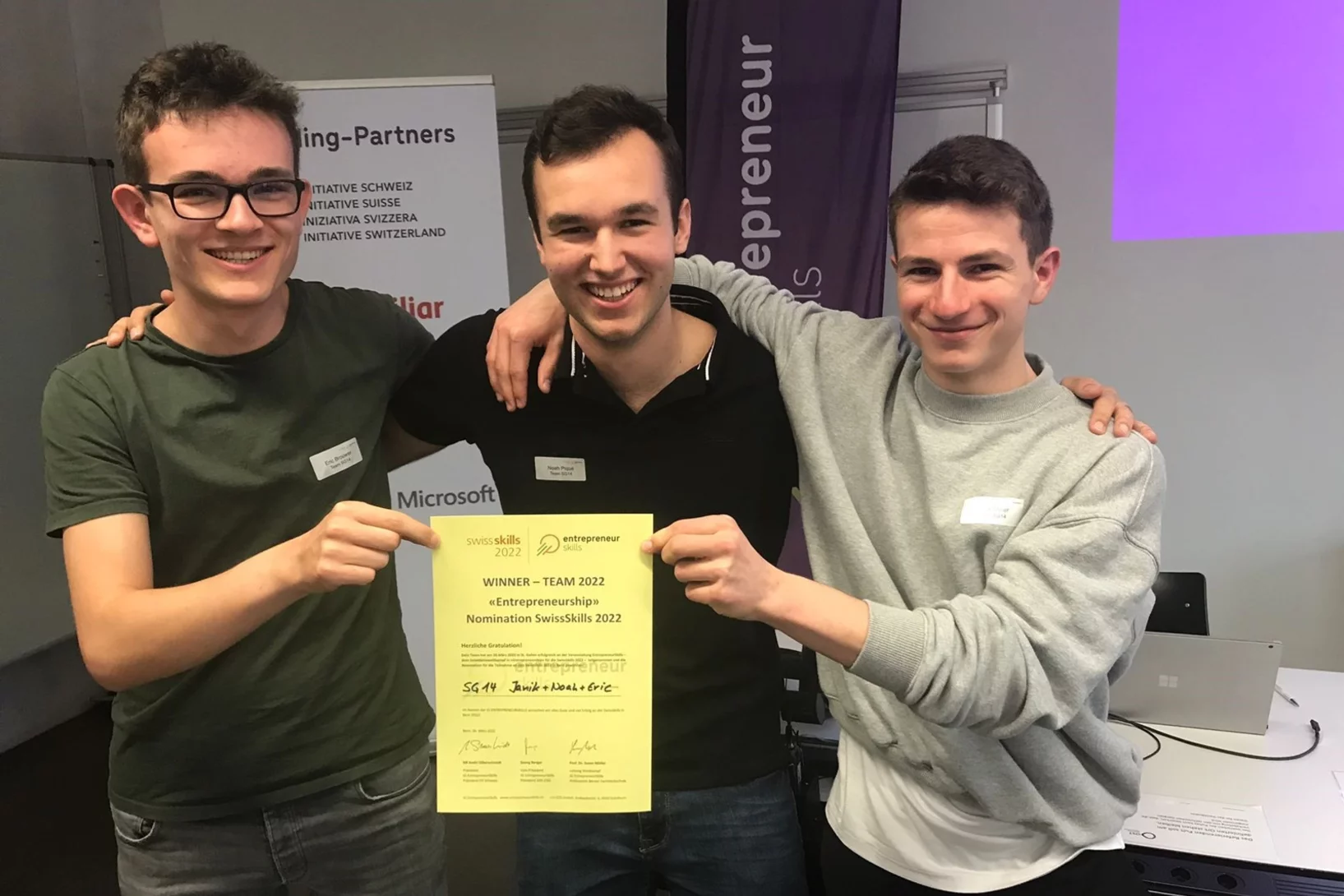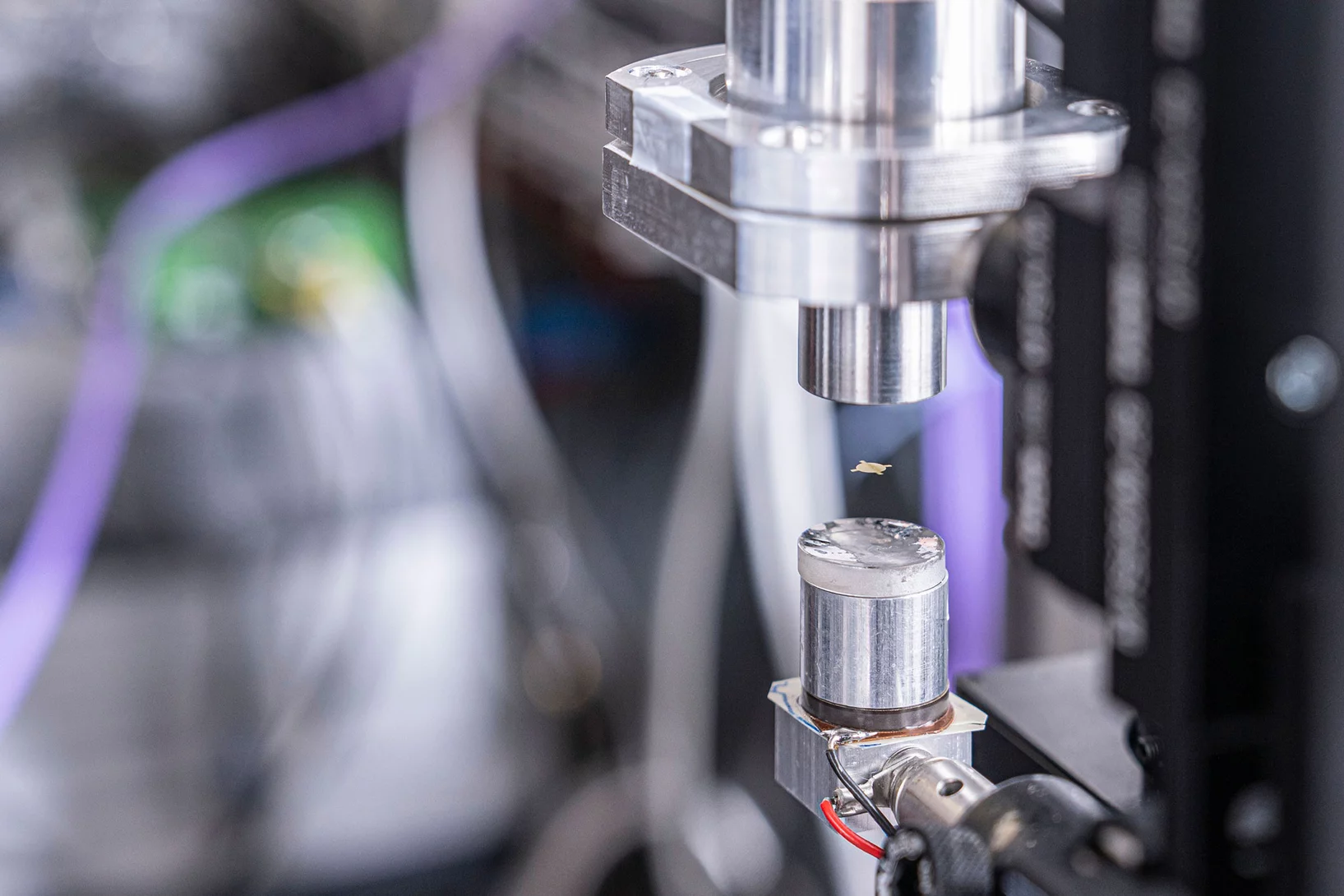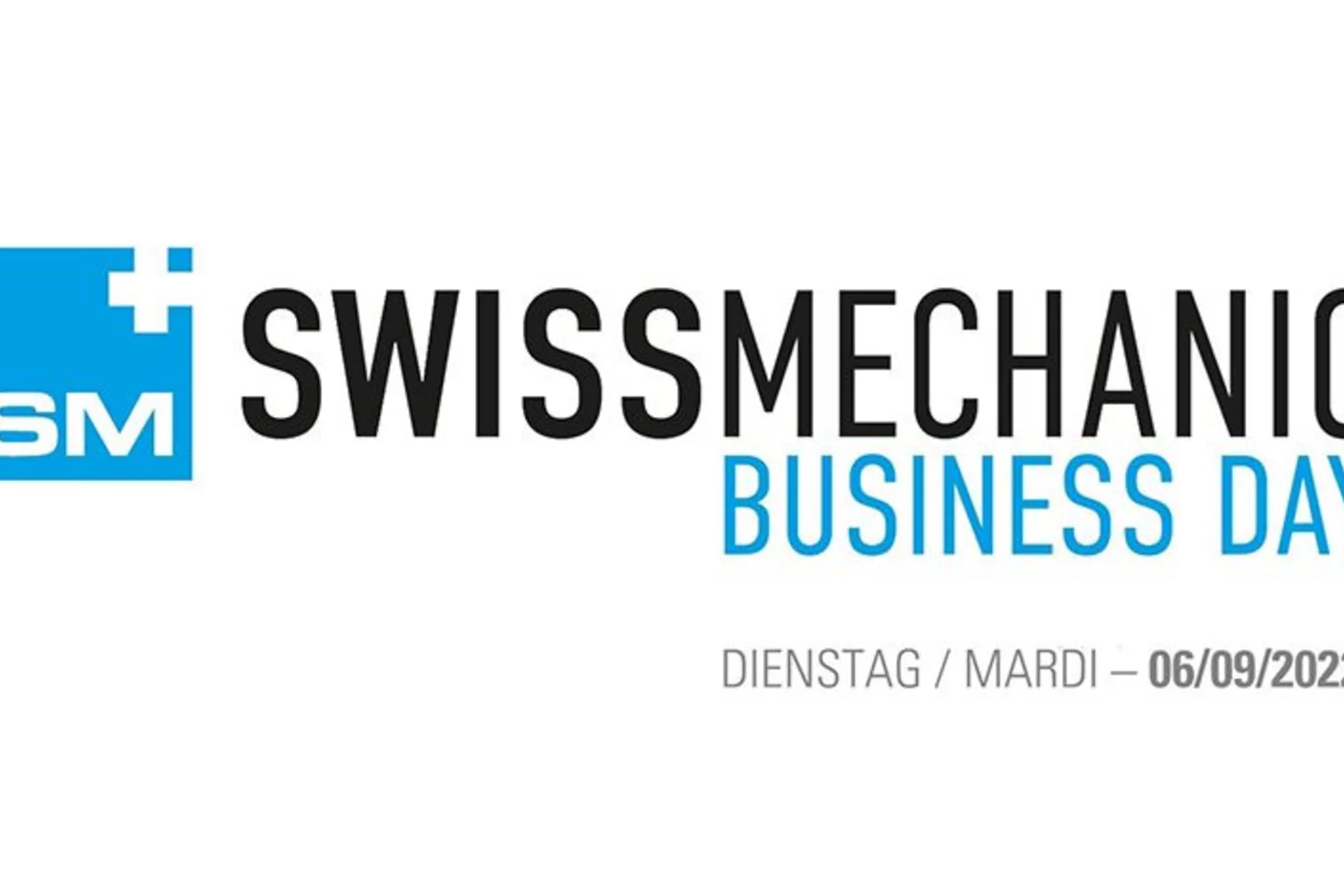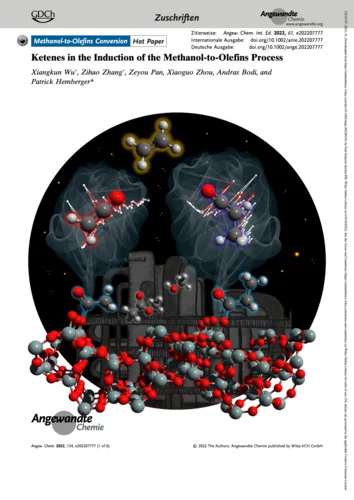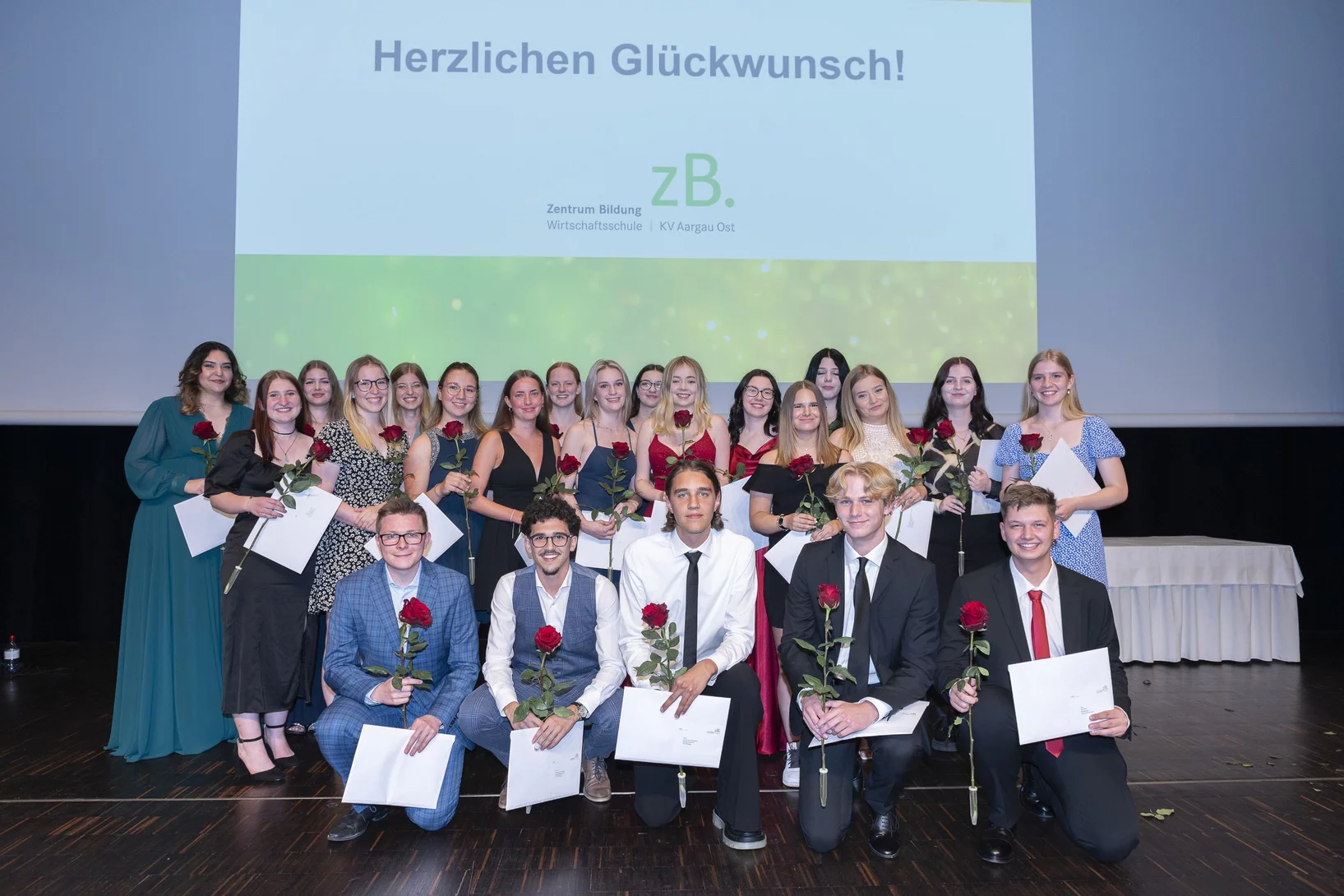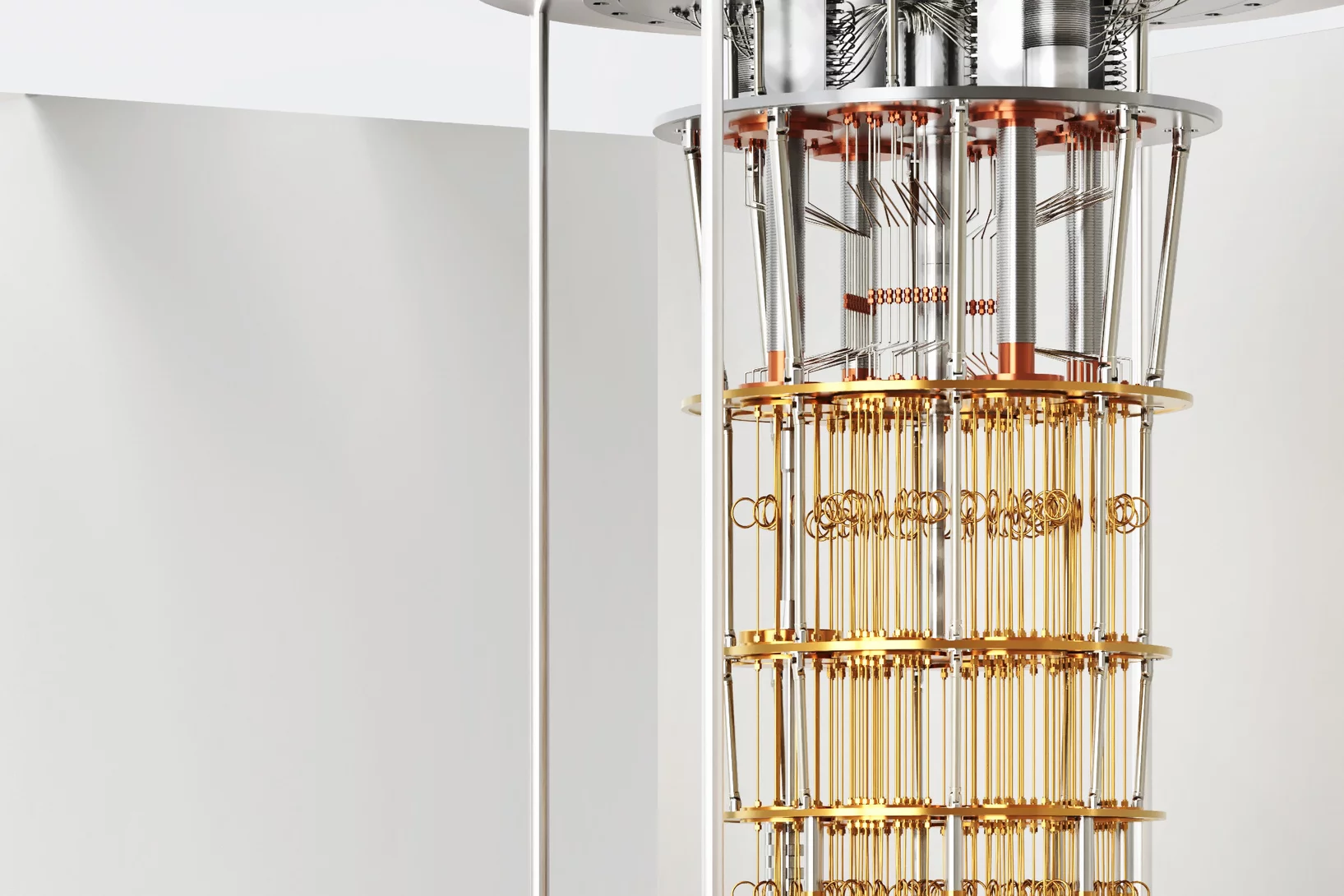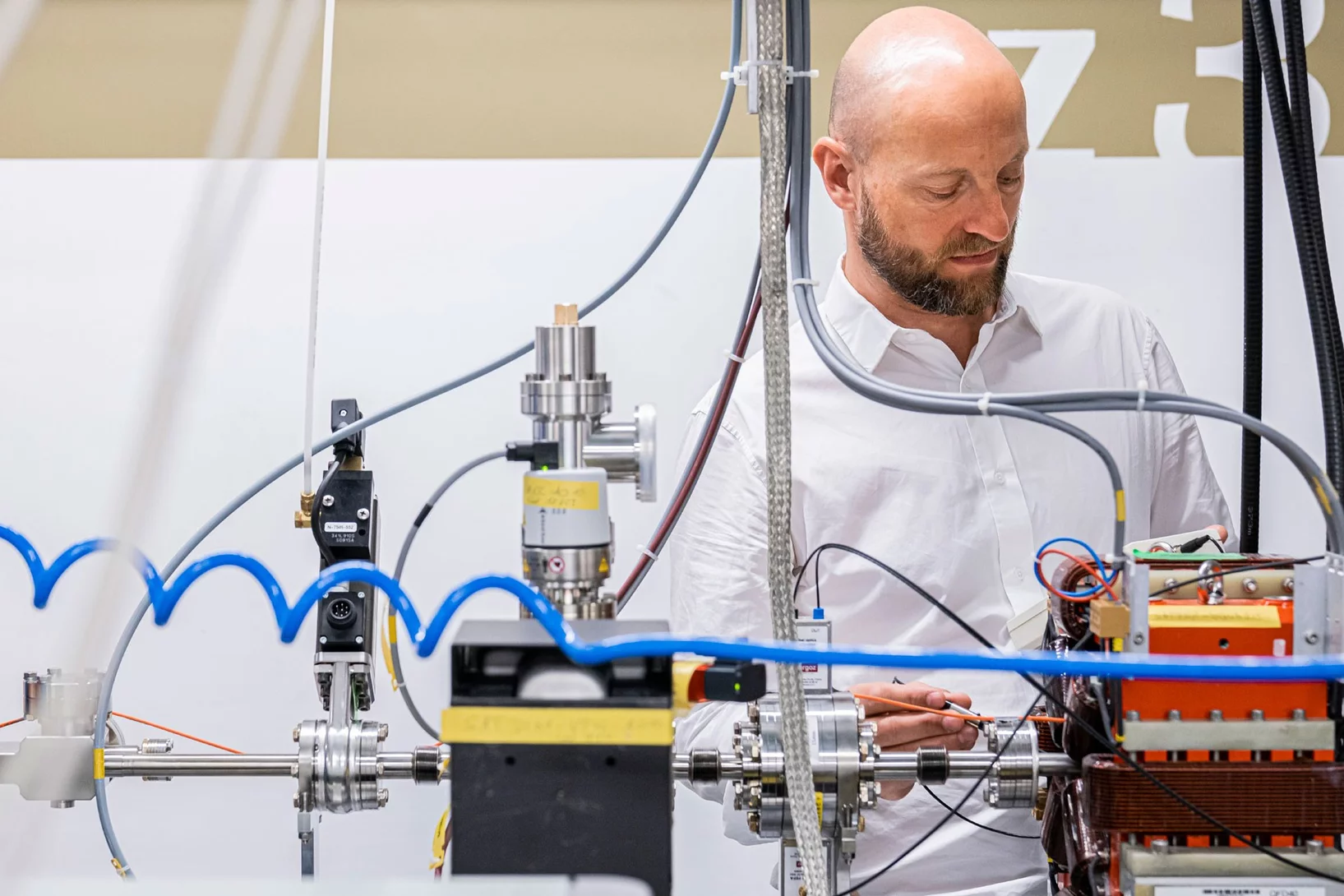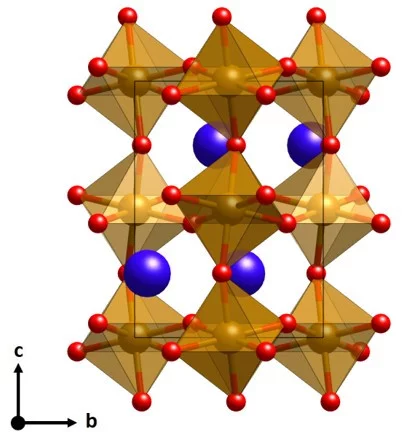Au PSI, plusieurs projets se consacrent à des questions de recherche importantes autour du coronavirus Sars-CoV-2 et des maladies qui en résultent. Nous vous informons sur les activités et les projets, par exemple sur les analyses de tissus pulmonaires, sur la production de protéines et d'anticorps ou sur les idées de nouvelles recherches sur le Covid-19.
Liens utils
SwissSkills: PSI-Team mit im Rennen
Bei den diesjährigen «SwissSkills», die im September in Bern ausgetragen werden, wird erstmalig ein Wettkampf für junge Berufsleute mit unternehmerischem Denken durchgeführt. Das Thema Entrepreneurship soll im Rahmen der Bildungsprogramme mehr und mehr berücksichtigt werden, um Eigeninitiative und das Unternehmertum zu fördern.
Das PSI-Team, bestehend aus dem Elektronikern Eric Brouwer, Noah Piqué und dem Informatiker Janik Meier wurde für die Wettkampfdisziplin «Entrepreneurship» an den SwissSkills 2022 nominiert. Wir drücken dem Team fest die Daumen für den anstehenden Wettbewerb, wo es nicht primär um Fachwissen, sondern um Kreativität und eigene Ideen geht.
Mehr Informationen unter:
www.entrepreneurskills.ch
Spin Density Wave versus Fractional Magnetization Plateau in a Triangular Antiferromagnet
We report an excellent realization of the highly nonclassical incommensurate spin-density wave (SDW) state in the quantum frustrated antiferromagnetic insulator Cs2CoBr4. In contrast to the well-known Ising spin chain case, here the SDW is stabilized by virtue of competing planar in-chain anisotropies and frustrated interchain exchange.
Connecting Women in Physics
Through role models and networking, the first “Women in Physics Career Symposium” helps early career researchers stay in physics
Hydrogen-induced softening effect in zirconium alloys
The fuel used for nuclear energy production is normally enclosed in zirconium-based cladding tubes that constitute the first barrier between the radioactive material and the environment. In water-moderated reactors, cladding tubes tend to corrode, generating hydrogen as side product. The study of the hydrogen embrittlement in zirconium alloys is of high relevance for the industry.
Depending on temperature, local hydrogen concentration, and local stress conditions, different hydrogen-induced embrittlement mechanisms can be active in the cladding material: in certain conditions hydrogen in solid solution might cause material softening through a mechanism known as hydrogen enhanced localized plasticity (HELP).
With the goal of determining the conditions necessary to activate the HELP effect in zirconium alloys, samples have been evaluated by different micro-mechanical and macro-mechanical techniques. Results highlight the importance of the interplay between solid solution hydrogen and hydrides on the hardness and yield point of the tested materials.
Einführungswoche 2022
Ohne Masken, eine ganz normale Einführungswoche.
Dynamic magnetic crossover at the origin of the hidden-order in van der Waals antiferromagnet CrSBr
The van-der-Waals material CrSBr stands out as a promising two-dimensional magnet. Here, we report on its detailed magnetic and structural character- istics. We evidence that it undergoes a transition to an A-type anti- ferromagnetic state below TN ≈ 140 K with a pronounced two-dimensional character, preceded by ferromagnetic correlations within the monolayers. Furthermore, we unravel the low-temperature hidden-order within the long- range magnetically-ordered state. We find that it is associated to a slowing down of the magnetic fluctuations, accompanied by a continuous reorienta- tion of the internal field.
Faits maison
Les ateliers du PSI fabriquent d’innombrables pièces et composants pour des expériences scientifiques complexes.
A new spin on sample delivery for membrane proteins
Proteins hover in front of the X-ray beam at a Swiss Light Source beamline. Now, spinning thin films bring on board these trickiest of proteins.
IMPACT on track
IMPACT was awarded the highest ranking in the SNSF evaluation.
PSI am Swissmechanic Business Day 2022
"ENERGIE - Geht der Schweiz der Strom aus?"
Wann: 6. September 2022, 9 Uhr - 18 Uhr
Wo: Halle 622 Zürich-Oerlikon
Am Swissmechanic Business Day zeigen verschiedene renommierte Referenten Perspektiven zum Thema "ENERGIE - Geht der Schweiz der Strom aus?" auf. Auch das PSI ist mit Fachexperten an einem Stand vertreten. Es werden Innovationen und Produkte ausgestellt, unter anderem der ESI Cube des Paul Scherrer Instituts - ein mobiles Exponat der Versuchsplattform «Energy System Integration», welches Forschungs- und Industrie-Partnern zur Verfügung steht. Der Cube macht das komplexe Thema Energiespeicherung und –Umwandlung auf spielerische Art und Weise verständlich.
Entscheidungsträger aus der Industrie treffen sich, um die Fachvorträge zu hören und sich über die neuesten Produkte und Innovationen zu informieren.
Der Business Day ist eine hervorragende Gelegenheit, sich über hochrelevante und aktuelle Themen wie der Sicherung der Schweizer Energieversorgung in den kommenden Jahren oder die Sicherheit der Kernenergie zu informieren. Nutzen Sie diese Gelegenheit zum Netzwerken und nehmen Sie teil!
Mehr Informationen zum detaillierten Programm, zu den Referenten und zur Anmeldung finden Sie hier:
https://www.swissmechanic.ch/business-day
Deadline für die Anmeldung: 16. August 2022
PSI at the Swissmechanic Business Day
When: 6. September 2022, 9am - 6pm
Where: Halle 622 Zürich-Oerlikon
Topic: «ENERGIE – Geht der Schweiz der Strom aus?»
Language: German
On the Swissmechanic Business Day various renowned speakers offer perspectives from on the topic "ENERGY - Is Switzerland running out of electricity?". Innovations and products will be exhibited, including the Paul Scherrer Institute's ESI Cube - a mobile exhibit of the "Energy System Integration" experimental platform, which is available to research and industry partners. The Cube makes the complex topic of energy storage and conversion comprehensible in a playful way.
Finding Ketenes in the Methanol to Olefins Process
How are the first olefins formed in the early stages of the methanol-to-olefins process? Detection of two reactive ketene species solves this long-standing puzzle.
Thin-Film Oxynitride Photocatalysts for Solar Hydrogen Generation: Separating Surface and Bulk Effects Using Synchrotron X-Ray and Neutron-Based Techniques
The conversion of solar light into hydrogen by photoelectrochemical water splitting is one of the potential strategies that can allow the development of a carbon-neutral energy cycle. Oxynitride semiconductors are promising materials for this application, although important limitations must still to be addressed. One of the most important issues is physicochemical degradation of the semiconductor, at the interface with water, where the electrochemical reactions occur. In this regard, thin films, with well-defined and atomically flat surfaces, are invaluable tools for characterizing material properties and degradation mechanisms, while identifying strategies to mitigate detrimental effects. Thin oxynitride films may allow the use of complementary characterizations, not applicable to conventional powder samples. In particular, the study of the solid–liquid interface can benefit enormously from the use of thin films for synchrotron-based surface-sensitive X-Ray scattering methods and neutron reflectometry. These investigation approaches promise to speed up the design and discovery of new materials for the production of solar fuels, while paving the way for similar applications in other research fields. This work aims at reviewing the literature contributions on oxynitride thin films for solar water splitting summarizing what is learnt so far and suggesting experimental strategies to unveil what is still not clear.
Nickelate superconductors are intrinsically magnetic
Waves of magnetic excitation sweep through this new material whether in superconducting mode or not – another clue to the mystery of loss-less electric currents.
Big Data au PSI
Petit jeu avec les chiffres sur les volumes annuels de données au PSI
Innovationsveranstaltung: Qualitätssicherung 3D-gedruckter Metallbauteile
Wann: 8.September, 12:45 – 18:00 Uhr
Wo: PSI Villigen Schweiz
Der Anlass «Qualitätssicherung 3D-gedruckter Metallteile» beschäftigt sich mit den Herausforderungen, Bedürfnissen und Problemen im Hinblick auf die Qualität von 3D-gedrukten Bauteilen.
Die cross-ING AG, Inspire AG und ANAXAM tragen diese Veranstaltung gemeinsam am PSI aus und richten sich thematisch vor allem an Industrieanwender. Fokussiert wird im Spannungsfeld der drei Aspekte «Qualität – Kosten – Material» vor allem die Qualität.
Erfahren Sie mehr über die Chancen und Herausforderungen der additiven Fertigung und nutzen Sie die Möglichkeit zur Diskussion und Networking.
Mehr Informationen zum genauen Programm, zu den Referenten sowie zur Anmeldung finden Sie hier:
https://www.anaxam.ch/de/QSmetalAM-2022
Lehrlingsevent 2022 wurde wieder durchgeführt
Die vier Gewerbevereine des Zurzibiet laden zum gemütlichen Lehrlingsevent ein.
Swissmedic donne son autorisation pour le nouveau site de production de médicaments radiopharmaceutiques
De la recherche à la production: le nouveau laboratoire pharmaceutique au PSI fournit des médicaments oncologiques novateurs aux hôpitaux environnants.
High performance gas diffusion layers with added deterministic structures
Hydrogen will play an important role in a future energy system based on renewable sources, providing energy storage, being a base material for industry and an energy carrier in transport applications. For the efficient electrification of hydrogen, polymer electrolyte fuel cell technology is developed and applied today in trucks, passenger cars and stationary applications. It is envisaged that even more demanding applications such as airplanes may follow. For road transport applications an increase in power density is required to further reduce cost and future applications may need these advances to be technically competitive. In this work we describe a novel concept for gas diffusion layers, highly important for achieving high fuel cell power densities.
Deep learning-based monitoring of laser powder bed fusion processes
We present a novel monitoring strategy for 3D print processes that consists of developing and training a hybrid machine learning model that can classify regimes across different time scales based on heterogeneous sensing data.
BM- und BS-Abschlussfeiern 2022
In verschiedenen Berufs- und Berufsmaturitätsschulen wurden die erfolgreichen Abschlüsse gefeiert. Wir sind stolz auf unsere Lernenden und ihre tollen Leistungen!
The chemical complex that regulates body zinc storage
Zinc deficiency compromises the immune system and is a global public health problem. Through experiments at the Swiss Light Source SLS and BESSYII, researchers gained new insights into zinc storage, with implications for understanding COVID-19 severity.
Une solution à l’insoluble
Le PSI et l’ETH Zurich ont créé le Quantum Computing Hub. Des chercheurs de pointe y collaborent au développement d’ordinateurs quantiques.
Dipolar spin-waves and tunable band gap at the Dirac points in the 2D magnet ErBr3
Topological magnon insulators constitute a growing field of research for their potential use as information carriers without heat dissipation. We report an experimental and theoretical study of the magnetic ground-state and excitations in the van der Waals two-dimensional honeycomb magnet ErBr3. We show that the magnetic properties of this compound are entirely governed by the dipolar interactions which generate a continuously degenerate non-collinear ground-state on the honeycomb lattice with spins confined in the plane.
2022 Feriencamp
Dieses Jahr konnten wir mit 34 Kinder von PSI-Mitarbeitenden das Feriencamp durchführen. Dank den vielen Helfenden verbrachten die Kinder eine interessante und tolle Woche am PSI. Herzlichen Dank allen, welche diese Woche möglich machen!
Mühlebach
Nachdem der Mühlebach im Lehrlingslager 2019 saniert wurde, hat der Verein Kultur am Mühlebach Böttstein festgestellt, dass die Kalkablagerungen wieder zunehmen. Paula M., Lernende Chemielaborantin EFZ im 3. Lehrjahr, nahm verschiedene Messungen vor, um den Kalkgehalt im Wasser zu untersuchen.
Athos just got even better
An ambitious upgrade at the soft X-ray beamline of the free electron laser SwissFEL opens up new experimental capabilities.
Mieux comprendre l'eau
Réalisation d’une carte de potentiel des molécules d’eau
Marco Ranocchiari takes on the lead of the ESI project as of July 1st, 2022!
«I am very excited to lead a strategic project and the extraordinarily competent and innovative ESI team for PSI, to help contribute to the transition to net zero.»
Role of Dy on the magnetic properties of orthorhombic DyFeO3
Orthoferrites are a class of magnetic materials with a magnetic ordering temperature above 600 K, predominant G-type antiferromagnetic ordering of the Fe-spin system and, depending on the rare-earth ion, a spin reorientation of the Fe spin taking place at lower temperatures. DyFeO3 is of particular interest since the spin reorientation is classified as a Morin transition with the transition temperature depending strongly on the Dy-Fe interaction. Here, we report a detailed study of the magnetic and structural properties of microcrystalline DyFeO3 powder and bulk single crystal using neutron diffraction and magnetometry between 1.5 and 450 K. We find that, while the magnetic properties of the single crystal are largely as expected, the powder shows strongly modified magnetic properties, including a modified spin reorientation and a smaller Dy-Fe interaction energy of the order of 10 μeV. Subtle structural differences between powder and single crystal show that they belong to distinct magnetic space groups. In addition, the Dy ordering at 2 K in the powder is incommensurate, with a modulation vector of 0.0173(5) c∗, corresponding to a periodicity of ∼58 unit cells.

